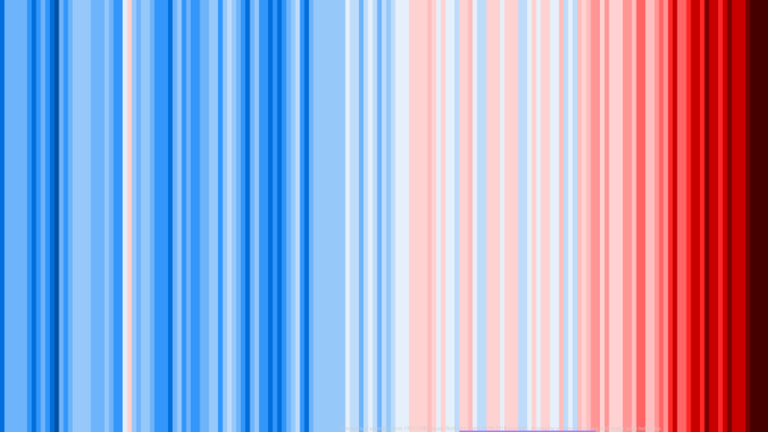The unconditional probability distributions of future emissions and temperatures

Download
Since releasing this working paper, the authors have published an update to their work in the journal Climate Risk Management (Vol 44, 2024).
How likely is it that global warming will exceed 3°C in 2100 and how likely is it that the world will meet the goal of capping warming below 2°C? This depends on future policies, technological developments, international agreements and climate sensitivities, all of which are notoriously hard to predict. This paper aims to give guidance on how to develop a ‘probability distribution’ of future temperatures, to be used in applications including long-term climate change adaptation strategies, long-term investing and insurance.
The authors review estimates of the future greenhouse gas emissions that would take place under current policy scenarios and under current climate pledge scenarios. They argue that scenarios where emissions are significantly more than those in current policy scenarios and significantly below current pledge scenarios (i.e. exceeding current pledges to cut emissions by some way) are relatively unlikely. They develop a transparent method to estimate unconditional probability distributions of future temperatures and the probabilities that certain temperature thresholds will be exceeded in 2030, 2050 and 2100, for use in Value at Risk stress tests used by institutions such as banks, insurance companies and governments to quantify future risks of climate damages.
Key points for decision-makers
- An ‘unconditional probability distribution’ estimates the likelihood of future temperatures, taking into account all sources of uncertainty, including unknown future emission policies, future costs of green technologies, and feedback loops in the physical climate system.
- The probability distributions of future temperatures are useful for anticipating climate adaptation. For example, an assessment of how high we should build a dyke today, intending it to serve for more than 50 years, will depend on the likelihood of high temperature scenarios that would lead to greater sea level rise.
- The authors estimate that there is a likelihood of one in three that temperatures will exceed 2°C in 2050, and one in six of exceeding 3°C in 2100.
- The likelihood of the world seeing extreme temperature rise, e.g. of 4°C, has decreased over the last decade because the rapidly decreasing prices of renewable energy have made scenarios in which there is high coal use less likely. The likelihood of very limited warming below 1.5°C has also decreased over time because we have already reached 1.2°C of warming.
- These estimates of likelihood take into account possible future policy successes and failures and should be updated as new information on climate policy, changing weather patterns and green technologies becomes available.

